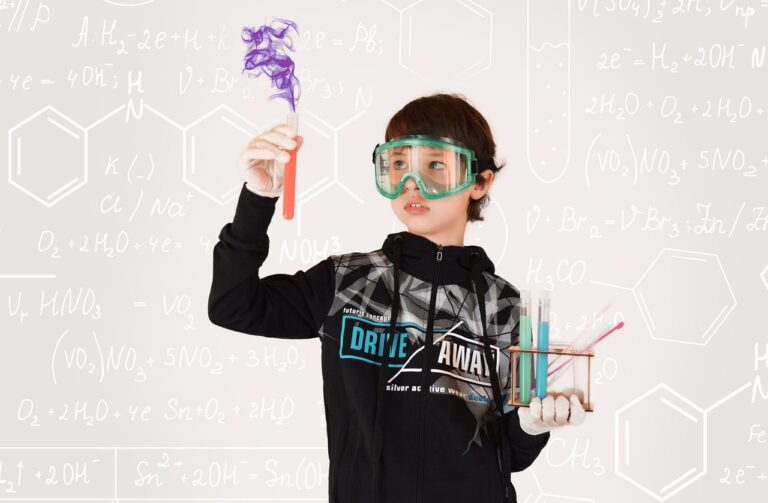The Future of College Admissions: A Changing Landscape
Traditional college admissions processes often face challenges in keeping up with the rapidly changing landscape of higher education. One of the key difficulties lies in the sheer volume of applications that admissions officers have to review, leading to concerns about the thoroughness of evaluation. Additionally, the reliance on standardized test scores and grades can be limiting, as they may not fully capture a student’s potential or unique qualities. This can result in deserving candidates being overlooked or excluded from the admissions process.
Another obstacle is the lack of personalization in the traditional admissions process. Applicants often feel like just another number in a large pool of candidates, with little opportunity to showcase their individual strengths and experiences. This impersonal approach can lead to a disconnect between the applicants and the institutions, hindering the ability to accurately assess the best fit for both parties.
Innovations in Admissions Technology
The rise of artificial intelligence and machine learning has significantly impacted the landscape of college admissions. These innovative technologies have enabled institutions to streamline their admissions processes, from application evaluation to decision-making. By leveraging data analytics and predictive modeling, admissions officers are now equipped with powerful tools to make informed decisions based on a holistic view of each applicant.
Another notable innovation in admissions technology is the adoption of virtual reality platforms for campus tours and information sessions. This allows prospective students to explore college campuses remotely, providing them with a more immersive and interactive way to experience the institution. As a result, colleges can reach a wider audience and engage with students who may not have the opportunity to visit in person.
What are some common challenges faced by traditional college admissions processes?
Some common challenges include lengthy application processes, manual data entry leading to errors, difficulty in tracking application status, and limited access to information for both applicants and admissions staff.
How can innovations in admissions technology help address these challenges?
Innovations in admissions technology can streamline application processes, automate data entry, provide real-time updates on application status, and offer a centralized platform for accessing information, making the entire admissions process more efficient and user-friendly.
What are some examples of innovations in admissions technology?
Some examples include online application portals, electronic submission of documents, applicant tracking systems, virtual campus tours, and AI-powered chatbots for answering applicant queries.
How can colleges benefit from incorporating admissions technology?
Colleges can benefit from increased efficiency, improved data accuracy, enhanced communication with applicants, better insights for decision-making, and a more competitive edge in attracting top talent through the use of admissions technology.
Are there any potential drawbacks to relying on admissions technology?
While admissions technology can offer many benefits, potential drawbacks may include technical glitches, data security concerns, and the need for staff training to effectively utilize the new technologies.





